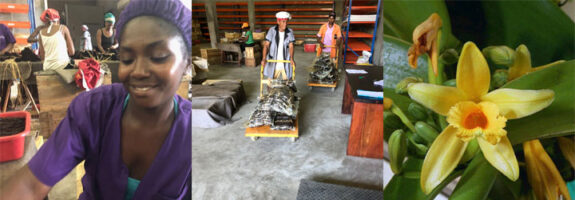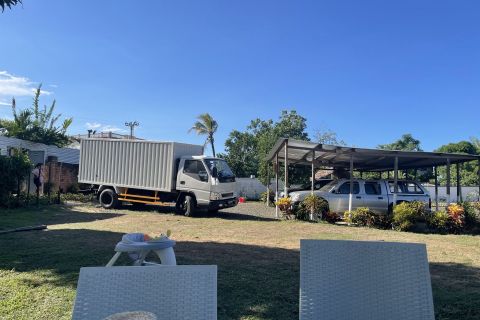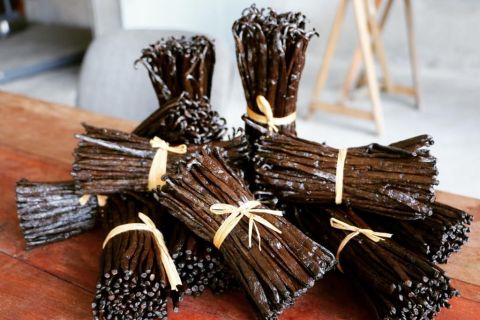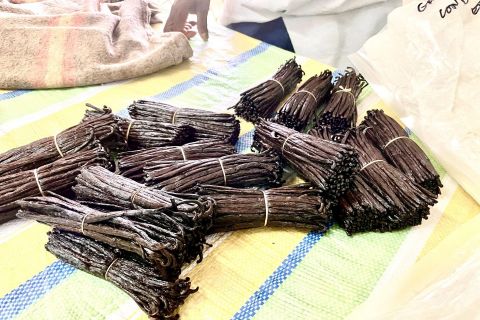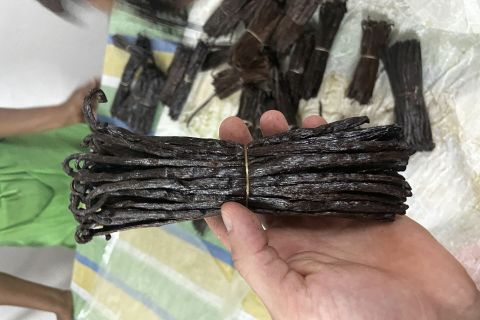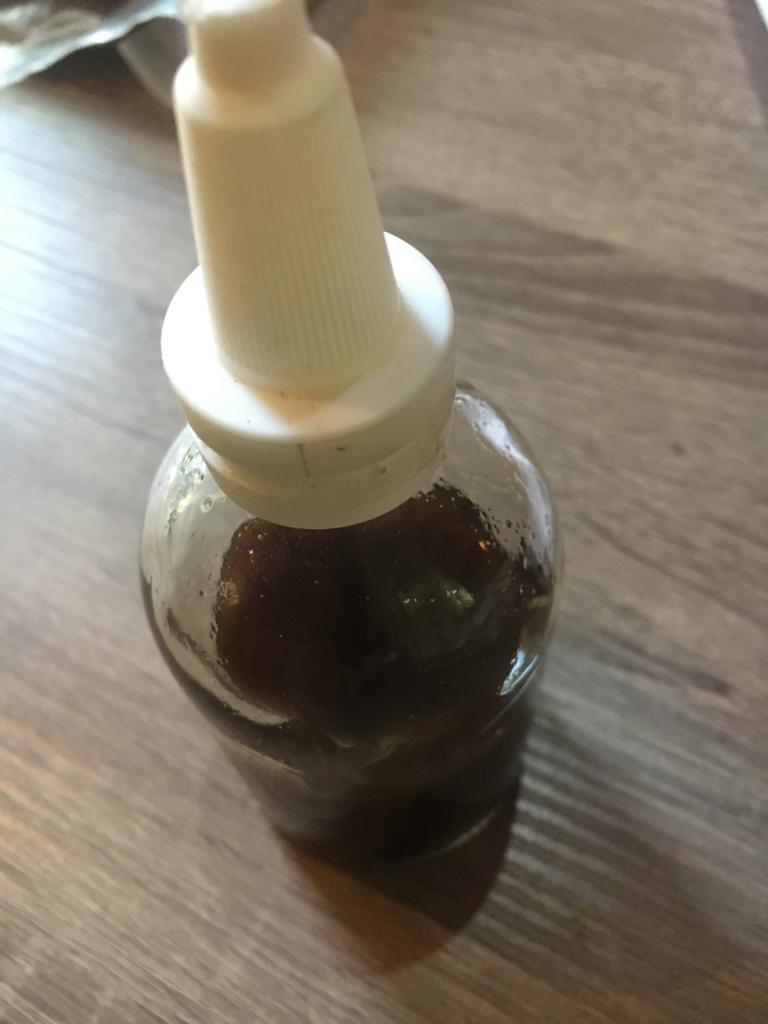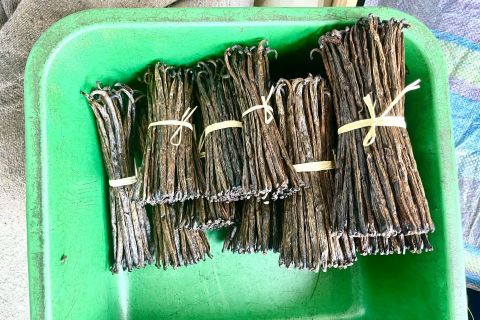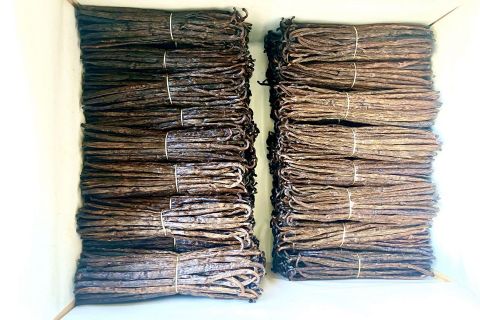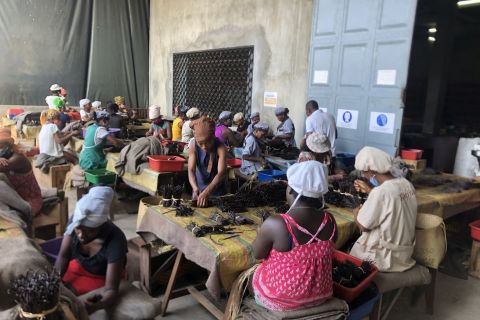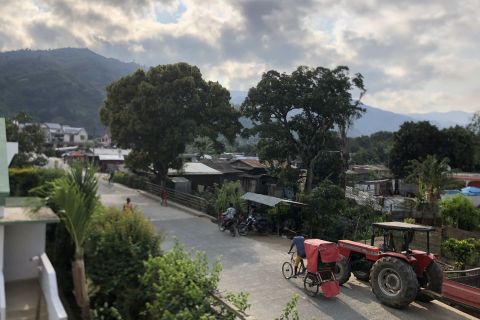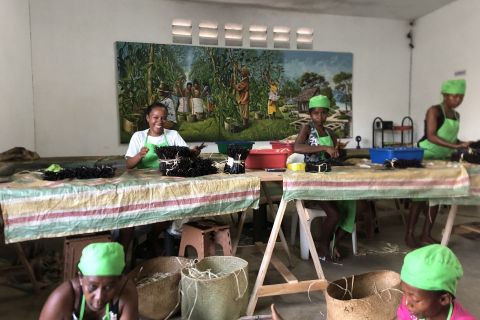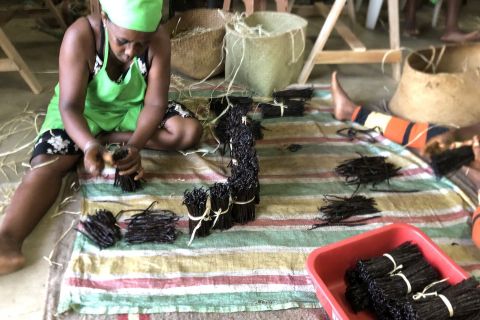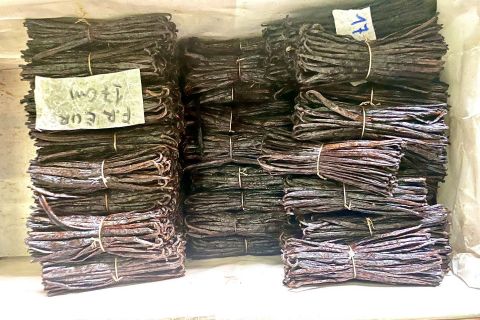A core use of the vanilla pod is the making of natural extracts for flavoring. Vanilla for extract is sometimes (made up) called “grade B” when there really is no organization in the world that grades vanilla. French get particularly embarrassed about this when they are asked who graded it, as in truth nobody does. It is just an internal fiction. In general, grade B refers to drier beans, ugly or split or reddish brown in color or smaller or irregular in shape, that though less beautiful can be used to extract better, due to superior rates of surface density and lesser rates of moisture (water in the bean.)
Popular in America and Japan is the fox colored “Rouge” or American Red, and in these cases whether the beans are split or not (fendue vs non-fendue) makes zero difference in outcome. Popular in “certain extract colossal corporations” the names of which you can guess in France in Germany, are “cured cuts” (snipped vanilla bits) which are fast and intensely cured with machinery to meet large ravenous demand, but are not traditionally cured. These use special driers and accelerated timetables, ironically for companies who brand themselves as community-focused and natural. They are solely utilized for flavoring and extract as well.
Finally, homemade extracts or house rums can be made by simply distilling vanilla against spirit bases to make as many folds (strength) as you want. This is simply down to ratio. Brewing beer with vanilla has taken off in Madagascar itself here, as well as a few enclaves of Europe. The beer world has still largely constrained vanilla to porters and stouts and dark beers, but the shining fledgling lights of great ales has vanilla started to march into shelves with saisons and wheats and whites and ambers. If this is what you’d like to do and brew, ask us! We would love to collaborate also!


